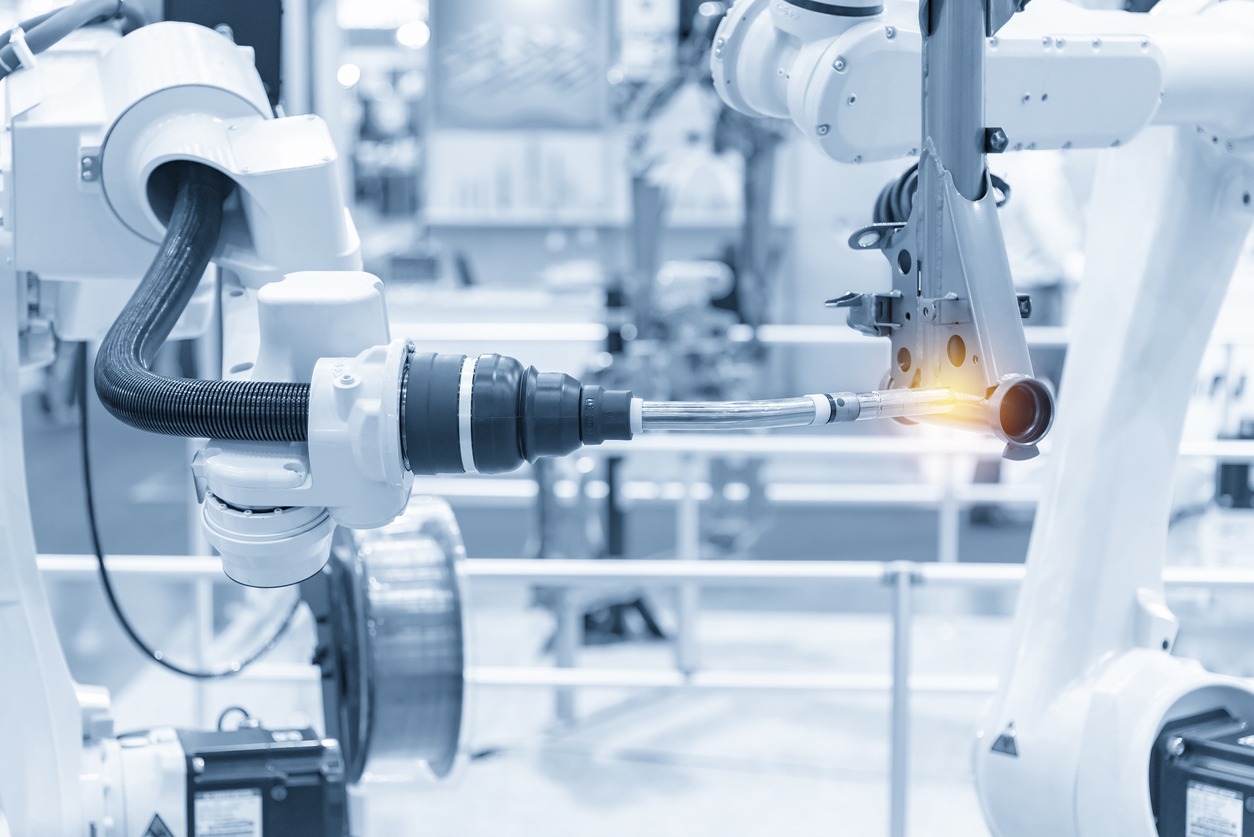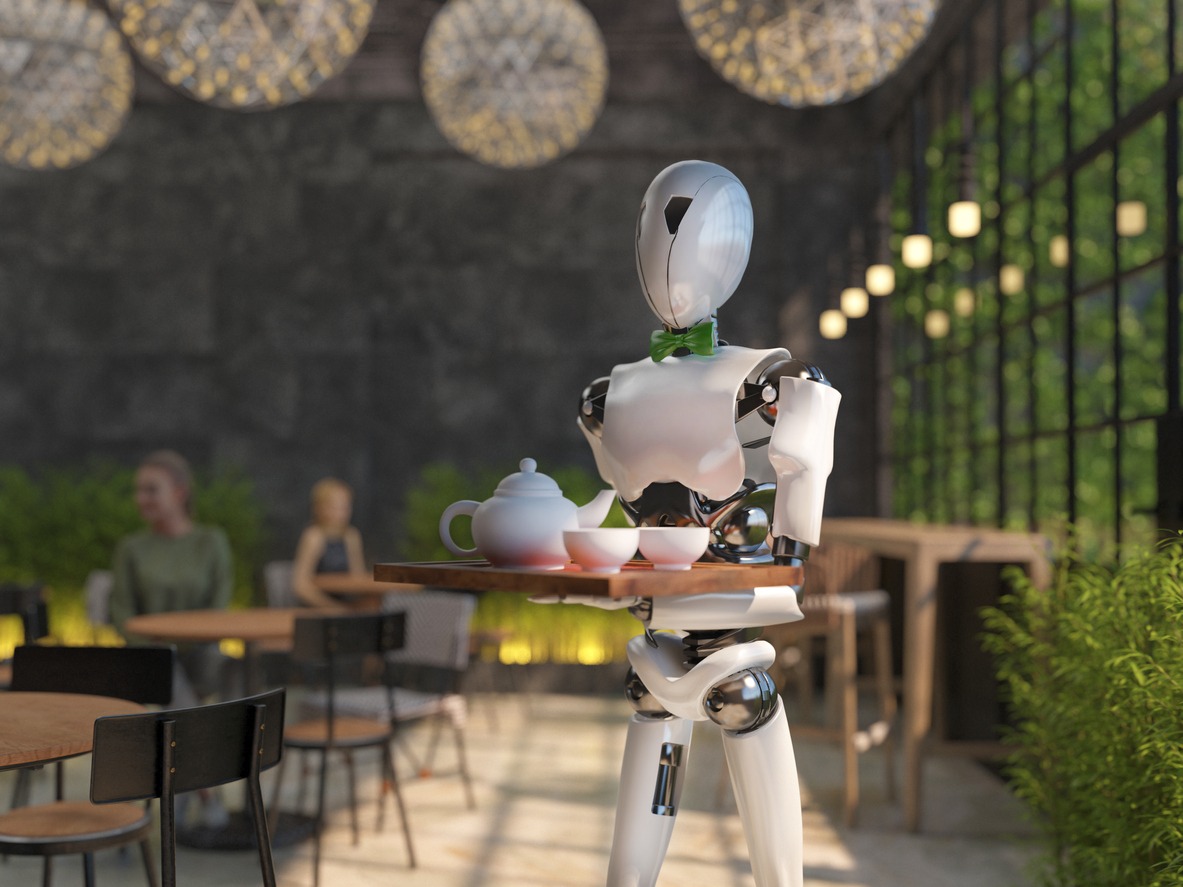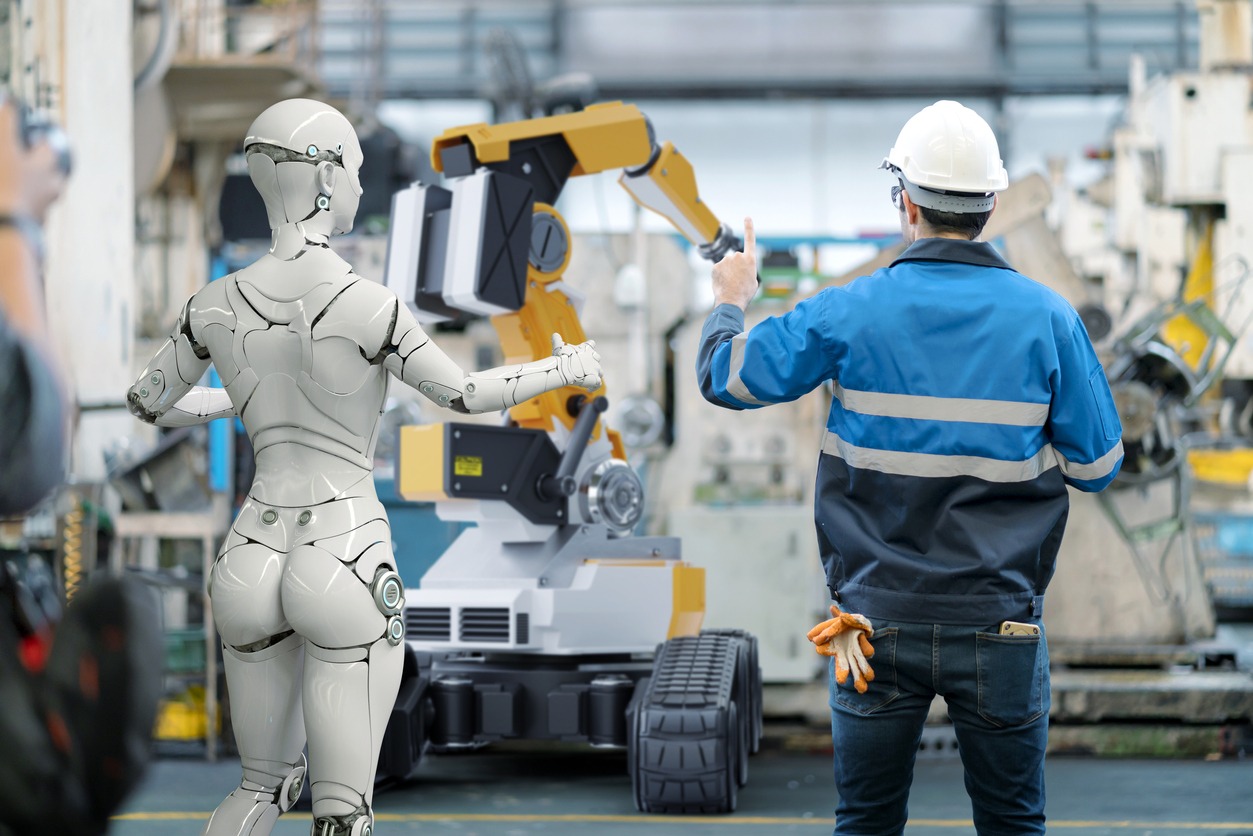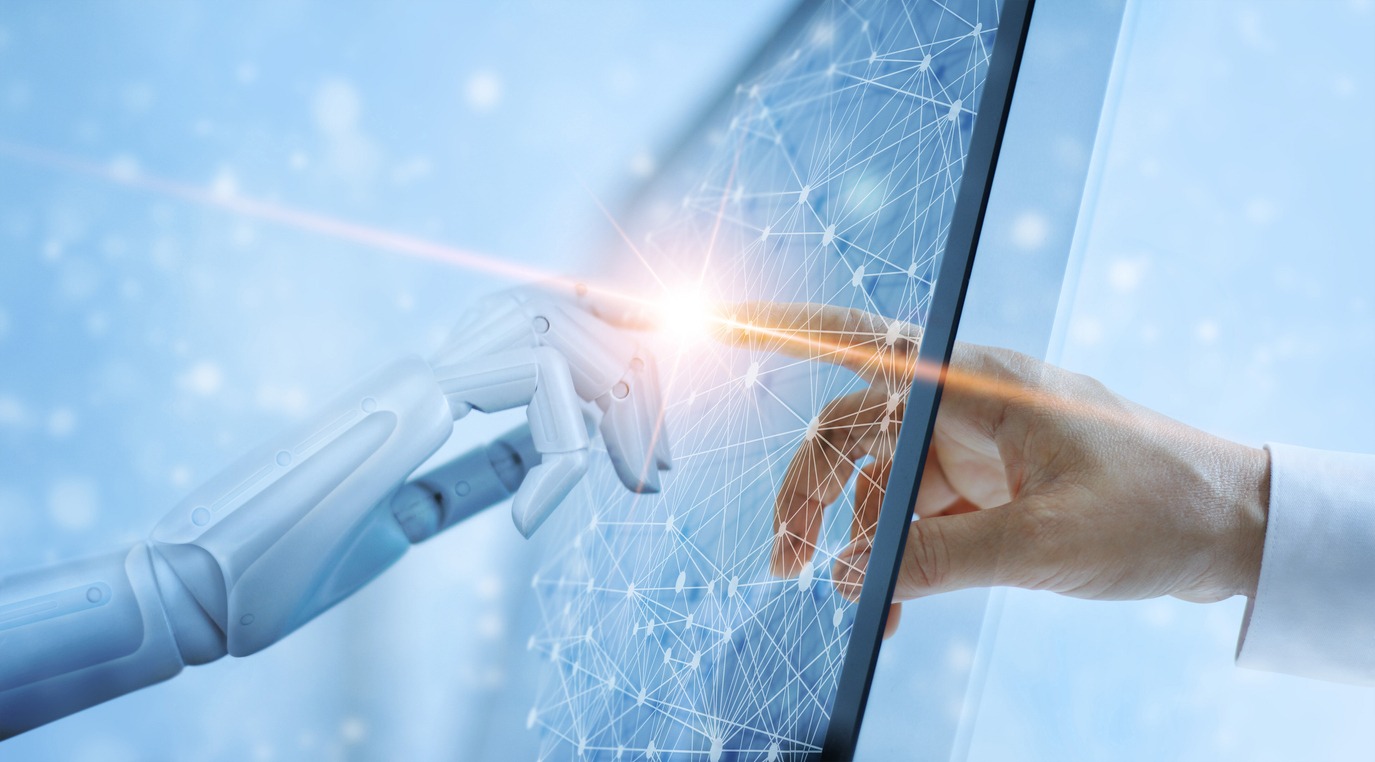Robotics technology and Artificial Intelligence have become a top career path today, courtesy of the firm and growing demand of technology in various industries around the world.
According to the Bureau of Labor Statistics, the demand for Information Technology (IT)-related courses is seen to increase 12 percent by 2028. With it, an average annual salary of over $86,000 is also predicted. As robotics relies on IT degree holders, this technology is experiencing plenty of innovations and advancements as more creative and bright-minded people have geared their attention to it.
“Market demand for the advancement of robotics has grown exponentially in recent years. The market size for global robotics technology was valued at $62.75 billion in 2019, with projected growth to 189.36 billion by 2027,” according to a report from Western Governors University (WGU).
Since today’s start-up and big industries have started to utilize robotics and Artificial Intelligence, IT experts and engineers continue to look for more possibilities from the technology to support its growing demand.
“Robotics will unquestionably have a dramatic impact on both our personal and professional lives. But in both instances, robotics can make our lives much easier by handling tasks we may not be able to do ourselves or support us when we need help doing tasks,” WGU added.
Manufacturing, healthcare, engineering, education, transportation, military, defense, security, and communication are some of the top industries that look at robotics as their nearest ally.
“It seems like only a matter of time until the long-awaited integration of robots into society in general, but for now, their most widespread application is in industry and the military,” said tech writer Michael Anissimov.

In his article published in Info Bloom, the tech writer looks at robotics as “a hot field which continually makes the news.” “Billions of dollars are spent worldwide every year on robotics research,” he added.
Some of the advancement in robotics technology applications and programs that have already made into the frontpages include BrainGate®, prosthetic arms run by brain-computer interfaces; DARPA Urban Challenge, an autonomous vehicle capable of driving in traffic; Asimo®, humanoid robots that can climb stairs; and Shadow Hand®, a robotic arm that can pick up a light bulb without breaking it, among others.
Aside from heavy industries, robotics is also for home use. Examples of these are entertainment bots such as RoboSapien® and Pleo®, pool-washing machine Scooba®, and vacuum cleaner Roomba®.
The US military and defense also utilized advanced robots like the robotic pack mule PackBot®, Predator UAVs (unmanned aerial vehicles), combat robot SWORDS, and minesweeper robots. In February 2022 alone, the U.S. Department of Homeland Security (DHS) said it would consider deploying autonomous robot dogs at the US border.
In manufacturing and healthcare, robotics technology also made a leap of development. In Japan, they invented a robotic arm that acts so swift it can catch a ball thrown at 186 mph speed. Robotics is also helpful in hospitals and medical laboratories for biological research works.

“It’s easy to get an impression of the way robots are changing our daily lives: simply think of the self-serve pump next time you stop for gas. Such progress was hard to imagine when gas stations began. Now, even residents in rural counties in the U.S. have access to such robots,” wrote Laura Buckler of Robotiq Solutions.
According to her, the recent and future advancement of robotics and Artificial Intelligence “affects the way we live.”
“Top tech companies are in a constant race to change the way robotics are implemented in people’s everyday lives – which will lead us to a really exciting future,” Buckler added.
The case of Boston Dynamics is an excellent example of technological advancements in computer language, automation and robotics. The making of Atlas robot is one of the prime examples of the way robotics have advanced today.
A bipedal humanoid robot, Atlas can perform different activities like during search and rescue mission. More and more robotics technologies will cover responsiveness, autonomy, and efficiency in its outputs in the coming years.
“Top tech companies are in a constant race to change the way robotics are implemented in people’s everyday lives – which will lead us to a really exciting future,” Buckler said.
Interestingly, a recent study released by Pew Researched Center shows that “half of these experts (48 percent) envision a future in which robots and digital agents have displaced significant numbers of both blue- and white-collar workers—with many expressing concern that this will lead to vast increases in income inequality, masses of people who are effectively unemployable, and breakdowns in the social order.”
“The other half of the experts who responded to this survey (52 percent) expect that technology will not displace more jobs than it creates by 2025. To be sure, this group anticipates that many jobs currently performed by humans will be substantially taken over by robots or digital agents by 2025,” it added.
Citing the views of the responders, the Pew Research Center maintained that “they have faith that human ingenuity will create new jobs, industries, and ways to make a living, just as it has been doing since the dawn of the Industrial Revolution.”
“The effects will be different in different economies (which themselves may look different from today’s political boundaries). Driven by revolutions in education and in technology, the very nature of work will have changed radically—but only in economies that have chosen to invest in education, technology, and related infrastructure,” added JP Rangaswami, chief scientist for Salesforce.com, who believed that automation would not be “a net displacer of jobs” in the next 10 years.
According to the scientist, some types of jobs “will be handed over to the ‘immigrants’ of AI and Robotics, but more will have been generated in creative and curating activities as demand for their services grows exponentially while barriers to entry continue to fall.”
“For many classes of jobs, robots will continue to be poor labor substitutes,” he said.

Some of the industries to benefit from the promising developments taking place in robotics
- Rescue efforts and medicine
- Home assistance
- Manufacturing and prosthetics
- Robots in education
- Robots as coworkers
- Policing
- Robotics in public security
- Autonomous cars
- Healthcare robots
- Robotics for entertainment
Conclusion
The recent developments in robotics and artificial intelligence give us a preview of the increasing human-to-robot interactions in the future. The robotics technology is seen to grow significantly over the coming years. Many of this development will come from professional services robots can deliver for humans, such as transporting, cleaning, and delivering.

